HYGGE KNITS

HYGGE KNITS NICKI TRENCH
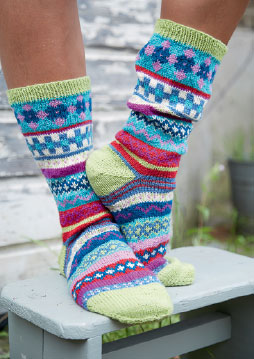
NORDIC AND FAIR ISLE SWEATERS, SCARVES,
HATS, AND MORE TO KEEP YOU COZY

This edition published in 2017 by CICO Books An imprint of Ryland Peters & Small Ltd 20-21 Jockeys Fields, London WC1R 4BW 341 E 116th Street, New York, NY 10029 www.rylandpeters.com 10 9 8 7 6 5 4 3 2 First published in 2014 as
Fair Isle & Nordic Knits Text Nicki Trench 2014 Design, photography, and illustrations CICO Books 2014 The authors moral rights have been asserted. All rights reserved. No part of this publication may be reproduced, stored in a retrieval system, or transmitted in any form or by any means, electronic, mechanical, photocopying, or otherwise, without the prior permission of the publisher. A CIP catalog record for this book is available from the Library of Congress and the British Library. eISBN: 978 1 78249 510 9 ISBN: 978 1 78249 478 2 Editor: Marie Clayton Designer: Alison Fenton Photographers: Holly Joliffe, Emma Mitchell Stylists: Nel Haynes, Harriet de Winton
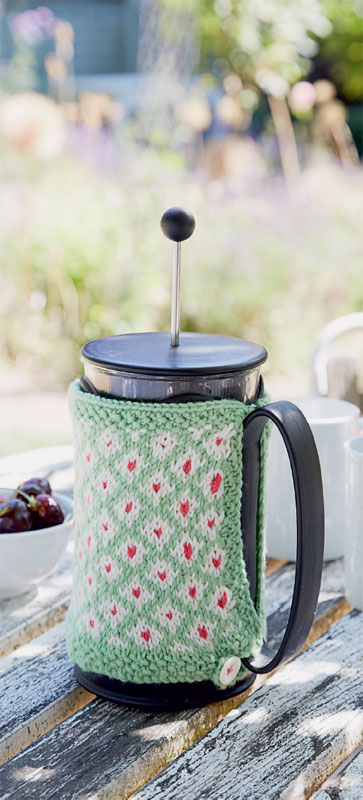
contents
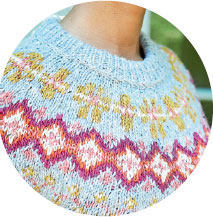
CHAPTER 1
to wear
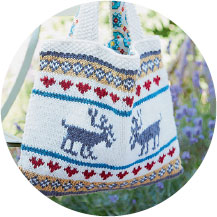
CHAPTER 2
accessories

CHAPTER 3
for the home

CHAPTER 4
knitting know-how My Fair Isle experience started pretty early; my grandmother was a prolific Fair Isle knitter and one of my earliest knitting memories is being shown how to make little sample squares of Fair Isle. I loved it and it has always fulfilled my need to work with colorout of all the knitting Ive practiced, Fair Isle is my favorite and the finished effect is always really satisfying, no matter how imperfect it has been.
Needless to say, Fair Isle is a slow process, particularly if you are just starting out. It doesnt grow very fast, but each row or round feels like an enormous achievement. Its not the type of knitting you can do if youre watching a complex crime drama on televisionsave it for when you are watching your favorite soaps, or listening to music or the radio. Untangling the different strands of colored yarn is all part of the process, so dont regard this as a choreIve come to really enjoy it, because it breaks up the times when you need to be concentrating so hard on the charts. Fair Isle is not just for the experienced knitter. Although there are a few special techniques that are useful (see our techniques section on ), my philosophy has always been to jump in and give it a go.
Like any craft, it really doesnt have to be perfect and if a stitch goes out of line here and there, weigh up whether you really need to undo it before you dive in and start pulling your work out. One thing to note is that the patterns give both imperial and metric measurements, but they are not exact conversions so it is important to stick to one set only. Fair Isle is a knitting technique in which stitches in a row are worked in different colors to create patterns that are often quite complex. Traditional Fair Isle uses only two colors across one row, but modern designs can use more colors, often with long stretches between. A mix of stranding and weaving techniques (see ) is used to control the yarns not in use. Traditional Fair Isle is worked on circular needles in the round using stockinette (stocking) stitch, to create a tube.
This means you only need to knit and not purl and work only on the right side. At openings such as armholes, a bridge of stitches known as a steek is worked so that the tube continues without interruption. After completing the tube the knitted fabric was cut through the steeks, so that stitches could be picked up around the opening to create additional pieces such as the arms. However, you can create beautiful garments and home projects by knitting in flat rows and using the usual seams to join pieces and in this book I have included Fair Isle and Nordic designs, created using both circular and straight row knitting. The fashion for Nordic and vintage style has really increased the popularity of Fair Isle and color knitting and in this book you will find projects for all levels. If youre a beginner, try some of the easy projects such as the Swiss Check Scarf on page 62 or the Cafetire Cover on page 92.
If you want to move on to the next level, there are some lovely projects in the For the Home section like the Nordic Blue Pillow Cover, Bunting, or Knitted Sampler; or, if youve mastered the basic techniques and would like to try something more challenging, try knitting the garments or try Fair Isle in a mohair yarn by tackling the Light as a Feather Scarf on page 60. My advice, though, would be to choose the projects you love and give them a go. It may be a slow journey, but it will be a very enjoyable one. Traditionally Fair Isle is knitted using a firmly twisted yarn, which gives a more consistent gauge (tension) than soft or loosely spun yarns. However, Im a big fan of soft yarnsthey are simply more comfortable and my belief is that the revival of knitting and crochet in recent years is due to the soft yarns that are on the market. 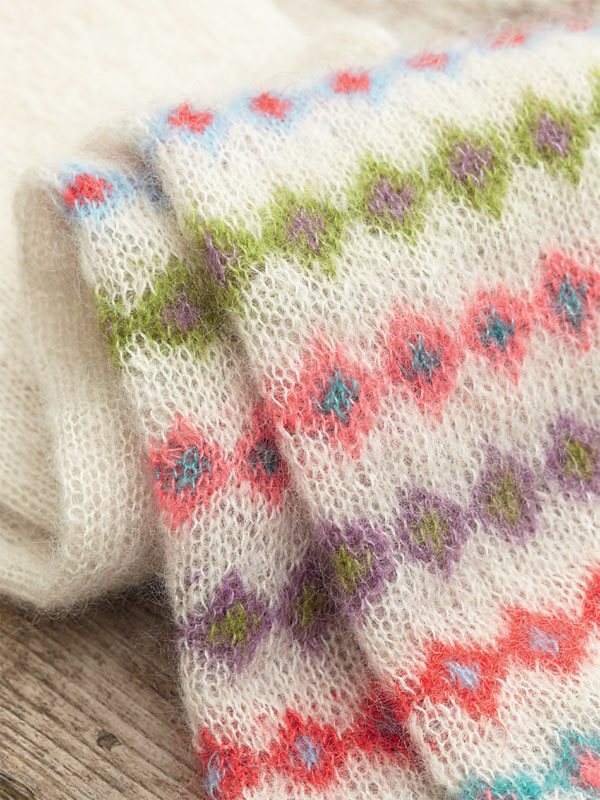
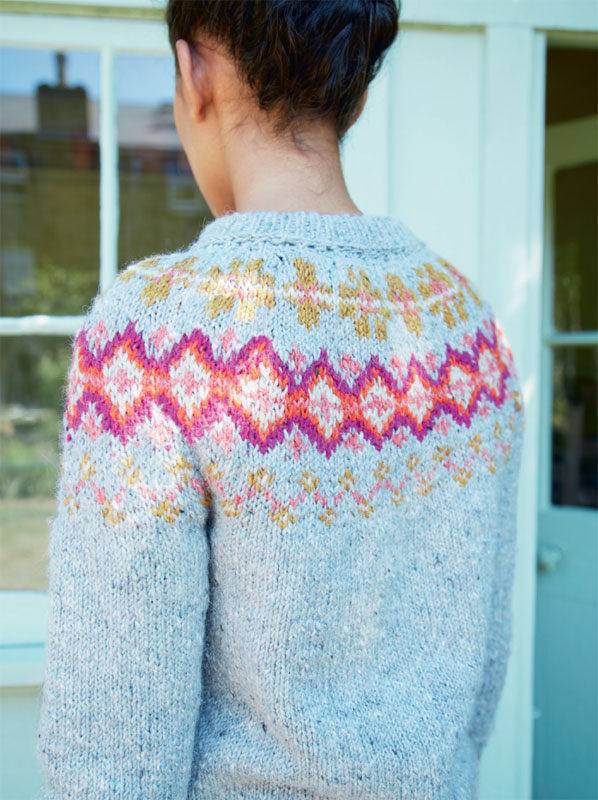
CHAPTER 1
to wear |  |
Who can resist this little cardiganif you dont fancy the pink, try out some different color combinations.


CHAPTER 1
to wear |  |
Who can resist this little cardiganif you dont fancy the pink, try out some different color combinations.
A baby cardigan is a fairly speedy project and this makes a fantastic gift for a new baby. materials Debbie Bliss Baby Cashmerino (55% merino wool/33% microfiber/12% cashmere) light worsted (DK) yarn 3 x 1 oz (50 g) balls approx. 137 yd (125 m) per ball of shade 006 Candy Pink (pink) (MC) x 1 oz (50 g) ball approx. 17.5 yd (16 m)- each of shades 202 Light Blue, 059 Mallard (blue-green), 101 Ecru (off-white) US size 2 (2.75 mm) and US size 3 (3.25 mm) straight knitting needles US size 2 (2.75 mm), US size 2/3 (3 mm) and US size 3 (3.25 mm) circular knitting needles 2 stitch holders Yarn sewing needle 6 small buttons gauge (tension) 25 sts and 34 rows over 4 in. (10 cm) square working st st using US size 3 (3.25 mm) needles. (50::62 cm) Length to shoulder: 8::10 in. (22::26 cm) Sleeve length: 5::7 in. (14::18 cm) Notes Chart is read right to left on odd-numbered (RS) rows and left to right on even-numbered (WS) rows. (14::18 cm) Notes Chart is read right to left on odd-numbered (RS) rows and left to right on even-numbered (WS) rows.

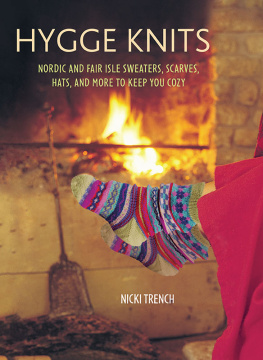


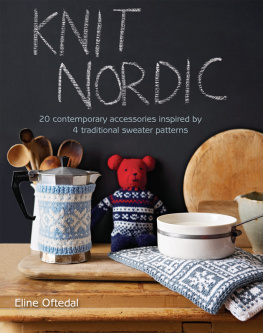

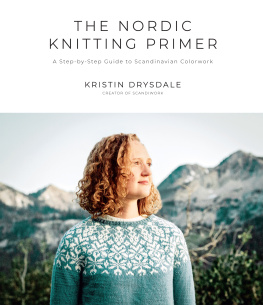
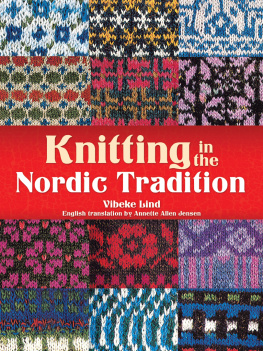
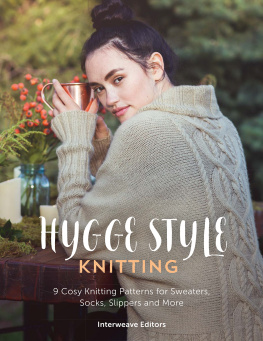

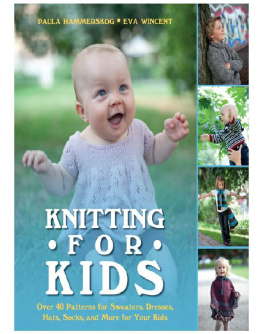

 HYGGE KNITS NICKI TRENCH
HYGGE KNITS NICKI TRENCH  NORDIC AND FAIR ISLE SWEATERS, SCARVES,
NORDIC AND FAIR ISLE SWEATERS, SCARVES, This edition published in 2017 by CICO Books An imprint of Ryland Peters & Small Ltd 20-21 Jockeys Fields, London WC1R 4BW 341 E 116th Street, New York, NY 10029 www.rylandpeters.com 10 9 8 7 6 5 4 3 2 First published in 2014 as Fair Isle & Nordic Knits Text Nicki Trench 2014 Design, photography, and illustrations CICO Books 2014 The authors moral rights have been asserted. All rights reserved. No part of this publication may be reproduced, stored in a retrieval system, or transmitted in any form or by any means, electronic, mechanical, photocopying, or otherwise, without the prior permission of the publisher. A CIP catalog record for this book is available from the Library of Congress and the British Library. eISBN: 978 1 78249 510 9 ISBN: 978 1 78249 478 2 Editor: Marie Clayton Designer: Alison Fenton Photographers: Holly Joliffe, Emma Mitchell Stylists: Nel Haynes, Harriet de Winton
This edition published in 2017 by CICO Books An imprint of Ryland Peters & Small Ltd 20-21 Jockeys Fields, London WC1R 4BW 341 E 116th Street, New York, NY 10029 www.rylandpeters.com 10 9 8 7 6 5 4 3 2 First published in 2014 as Fair Isle & Nordic Knits Text Nicki Trench 2014 Design, photography, and illustrations CICO Books 2014 The authors moral rights have been asserted. All rights reserved. No part of this publication may be reproduced, stored in a retrieval system, or transmitted in any form or by any means, electronic, mechanical, photocopying, or otherwise, without the prior permission of the publisher. A CIP catalog record for this book is available from the Library of Congress and the British Library. eISBN: 978 1 78249 510 9 ISBN: 978 1 78249 478 2 Editor: Marie Clayton Designer: Alison Fenton Photographers: Holly Joliffe, Emma Mitchell Stylists: Nel Haynes, Harriet de Winton  contents
contents  CHAPTER 1
CHAPTER 1 CHAPTER 2
CHAPTER 2 CHAPTER 3
CHAPTER 3 CHAPTER 4
CHAPTER 4

